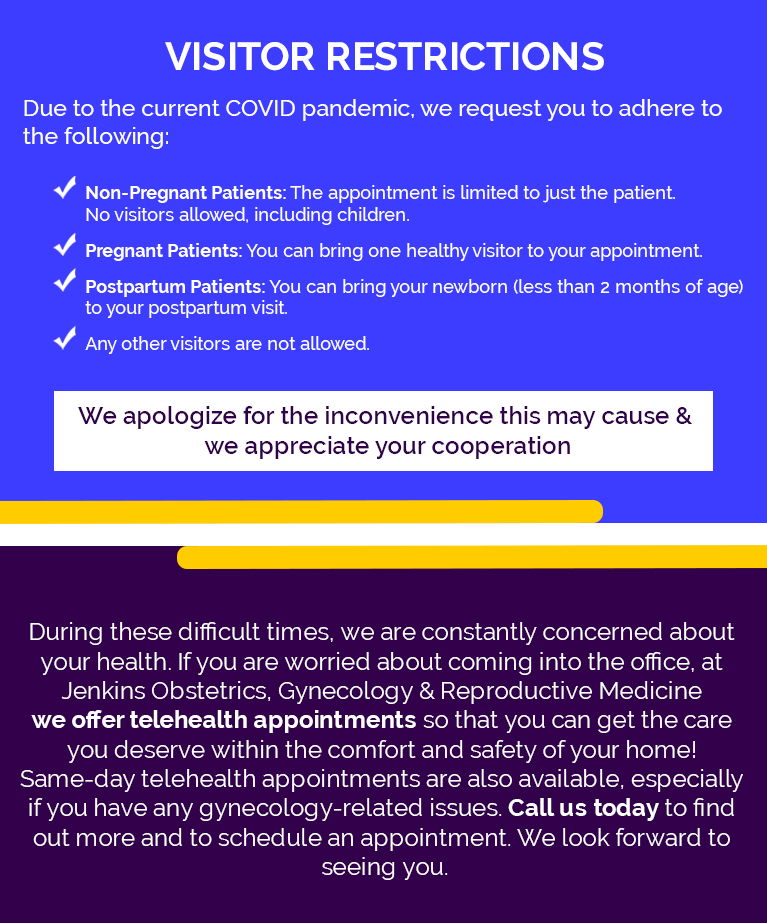

20
Oct
Hysterectomy

Once a far more common surgical procedure, today we look for alternatives to a hysterectomy before deciding upon this treatment. The hysterectomy is a procedure in which the uterus, or womb, is removed. Depending on the specifics of a case, a hysterectomy may be partial, total, or radical.
In a partial hysterectomy, also called a supracervical hysterectomy, only the uterus is removed. The cervix is left fully intact.
In a total hysterectomy, all parts of the uterus are removed. Additionally, a total hysterectomy will also remove the cervix.
In severe cases of disease, a radical hysterectomy may be necessary. In this procedure, the uterus and its surrounding tissue, the cervix, and the uppermost area of the vagina are all removed.
Various disease conditions may lead to the need for a hysterectomy. Some of the most common include:
The most common condition leading to hysterectomy is uterine fibroids, tumors within the uterus. Fibroids are non-cancerous, but may, depending on size, press against surrounding organs, and cause pelvic pain, discomfort during sexual intercourse, and undue pressure on the bladder. Due to abnormal bleeding that may accompany uterine fibroids, anemia becomes a concern.
Endometriosis, the second most-common condition leading to hysterectomy, involves the tissue that lines the uterus. When endometriosis occurs, the tissue has grown outside of the uterus and has extended to the organs surrounding the area. A woman with endometriosis is likely to experience heavy and painful periods with abnormal vaginal bleeding, adhesions in the uterus, the development of scar tissue, and infertility.
Some women experience abnormal uterine bleeding for causes not related to fibroids or endometriosis. Abnormal bleeding may also occur in the presence of hormonal imbalance, cervical infection, polyps, or cancer. Our first approach to abnormal bleeding is to determine the cause so that first-line treatment may begin, such as antibiotics to clear an infection.
Uterine prolapse may bring about the need for a hysterectomy. This condition, which may be caused by childbirth, obesity, hormonal changes, or persistent straining, results in the falling of the uterus into the vagina.
855-346-8610
281-347-2600
Cancer is far from the first reason a woman may need a hysterectomy, but is a condition that may indeed lead to the surgical procedure. Should cancer be found in the uterus, cervix, ovaries, or fallopian tubes, these organs will be removed as a way from halting progression to other organs.
Using laparoscopic surgical techniques, Dr. Jenkins creates a less-stressful procedure and recovery. To discuss health challenges or schedule a routine check-up, contact us today.
Share this Article
Jenkins Obstetrics, Gynecology & Reproductive Medicine
Connect with Dr. Jenkins on Linkedin





We offer general care, gynecology, and obstetrics services that span all stages of a woman's life. Dr. Taryll L. Jenkins, MD received his undergraduate degree from Louisiana State University and Doctorate of Medicine from Meharry Medical College School of Medicine, TN. He completed his residency training at the University of Texas and Hermann Hospital, TX and is Board-certified from the American College of Obstetrics and Gynecology, with years of research experience.
Having graduated from the University of Texas at Arlington with a Bachelors of Science in Biological Chemistry in 2011, Dr. Stephanie Roy received her Doctor of Medicine Degree in 2015 from the University of Texas Medical Branch. Today she is a leading Board-certified physician who works hard to provide you and your family with high quality services. In addition to spending time at the practice, Dr. Roy possesses extensive volunteer experience in the community. She was also a tutor at the Medical Careers Diversity Program in 2012 and since then has spent her free time volunteering for the St. Vincent’s Clinic.
Dr. Tiffany Ikwuagwu is passionate about caring for the diverse communities in Katy and Houston, TX. Having completed her undergraduate degree at the University of Houston, her medical degree at the Baylor College of Medicine, and her residency in obstetrics and gynecology at the McGovern Medical School, she worked as principal investigator on a research project with Dr. Nana Ankumah at UT Houston. A member of the American Medical Association, Texas Medical Association, and American College of Obstetricians and Gynecologists, Dr. Ikwuagwu has served in several leadership roles and has made many contributions to the community.
Yara Ramirez, MD earned her Bachelor of Science degree from Baylor University and her doctorate in medicine from the University of Texas Medical Branch (UTMB) in Galveston where she also completed her residency. She won the Resident Teaching Award from UTMB’s Department of Obstetrics and Gynecology for two consecutive years.
Dr. Ramirez has researched extensively on many obstetrics-related topics. She has been a Junior Fellow Representative for the UTMB Residency Program and a Medical Student Education Committee Member at the American College of Obstetrics and Gynecology. She has volunteered for various local and foreign community programs. Her fluency in Spanish and French is an asset to her organization.
Nadia Alexander is a Board-certified Family Nurse Practitioner with a Master’s of Science degree in Nursing from the University of Texas Health Science Center. With seven years of experience in women’s health and a focus on obstetrics and ambulatory gynecology (vaginitis, UTI, and vaginal bleeding), she provides quality, compassionate care to patients in various stages of reproductive life. She is fluent in English and Spanish and is the lead contact for our Telehealth service.

































